Exploring Indigenous Cultures: Traditions and Wisdom from Around the World
In a world that's constantly evolving and growing more connected, there's a profound value in pausing to explore and appreciate the rich tapestry of indigenous cultures. These cultures, often rooted in centuries of tradition, hold a wealth of wisdom and unique perspectives that offer us a deeper understanding of humanity and our relationship with the earth. Let's embark on a journey to discover the essence of indigenous cultures, their key aspects, and why they remain profoundly relevant in our modern world.
Defining Indigenous Cultures
Indigenous cultures refer to the customs, practices, languages, beliefs, and ways of life of the original inhabitants of a region. These cultures are often closely tied to the land, with traditions passed down through generations, preserving a unique identity and connection to nature. Indigenous peoples have a profound understanding of their environment, having developed sustainable practices that enable them to live in harmony with their surroundings.
Key Aspects of Indigenous Cultures
1. Connection to Nature:
One of the most striking features of indigenous cultures is their deep connection to the natural world. This relationship is not just utilitarian but spiritual, recognizing the earth as a living entity deserving of respect and care. For example, the Māori of New Zealand view the land (whenua) as an ancestor, and their stewardship reflects a sacred duty to maintain balance and harmony.
2. Oral Traditions and Storytelling:
Indigenous cultures often rely on oral traditions to pass down knowledge and wisdom. Stories, songs, and dances are used to teach younger generations about history, values, and survival skills. The Aboriginal Dreamtime stories of Australia, for instance, convey complex spiritual concepts and practical information about the landscape and its resources.
3. Community and Kinship:
The sense of community and extended kinship is fundamental in indigenous cultures. Social structures are typically organized around family and clan systems, emphasizing collective well-being over individualism. The Navajo people, or Diné, have a matrilineal society where kinship and land rights are passed through the mother's line, ensuring strong familial bonds and community cohesion.
4. Traditional Ecological Knowledge:
Indigenous peoples possess extensive knowledge about their environment, known as Traditional Ecological Knowledge (TEK). This encompasses understanding the local flora and fauna, weather patterns, and sustainable resource management practices. The Inuit, for example, have developed sophisticated knowledge of ice dynamics and marine ecosystems, crucial for survival in the Arctic.
5. Spiritual Beliefs and Practices:
Spirituality is deeply embedded in indigenous cultures, often intertwined with their worldview and daily life. Rituals, ceremonies, and sacred sites play a central role in maintaining spiritual and social harmony. The Hopi of the Southwestern United States perform intricate ceremonies to honour kachinas (spiritual beings) and ensure the prosperity of their crops and community.
Relevance of Indigenous Cultures Today
In our rapidly changing world, the relevance of indigenous cultures cannot be overstated. Here are some reasons why they matter:
1. Sustainable Practices:
As we face environmental crises, indigenous knowledge offers valuable insights into sustainable living. Their time-tested practices can inform modern approaches to conservation and resource management. The Quechua people of the Andes have long used terracing and crop rotation to cultivate their steep mountainous terrain, techniques that can inspire contemporary sustainable agriculture.
2. Cultural Diversity:
Indigenous cultures contribute to the rich tapestry of human diversity. Preserving these cultures means protecting our shared heritage and ensuring that future generations can benefit from their wisdom. The struggle of the Sami people of Northern Europe to maintain their language and reindeer herding traditions highlights the broader effort to safeguard cultural diversity in the face of globalization.
3. Resilience and Adaptation:
Indigenous communities often demonstrate remarkable resilience and adaptability. Their ability to thrive in challenging environments offers lessons in innovation and perseverance. The San people of the Kalahari Desert have survived for millennia in one of the world's harshest climates, using their extensive knowledge of plants and water sources.
4. Health and Well-being:
Traditional indigenous practices in health and well-being offer complementary approaches to modern medicine. Herbal remedies, holistic health practices, and community-based care can enhance our understanding of wellness. The traditional healing methods of the First Nations in Canada, which include sweat lodge ceremonies and medicinal plants, are increasingly recognized for their therapeutic benefits.
5. Social and Environmental Justice:
Indigenous peoples have been at the forefront of social and environmental justice movements, advocating for land rights, cultural preservation, and environmental protection. Their struggles and successes can inspire broader efforts for equity and sustainability. The Standing Rock Sioux Tribe's resistance to the Dakota Access Pipeline brought international attention to the importance of indigenous sovereignty and environmental stewardship.
Anecdotes and Examples
To truly appreciate the depth of Indigenous cultures, let's delve into some anecdotes and examples that highlight their unique wisdom and practices:
1. The Potlatch Ceremony of the Pacific Northwest:
Among the indigenous peoples of the Pacific Northwest Coast, the Potlatch ceremony is a grand event involving feasting, dancing, and the distribution of gifts. This tradition not only reinforces social bonds but also serves as a means of redistributing wealth and ensuring community welfare. It exemplifies the value placed on generosity and reciprocity.
2. The Huni Kuin and Ayahuasca:
The Huni Kuin people of the Amazon rainforest have used the sacred plant medicine ayahuasca for centuries in their spiritual and healing practices. This powerful brew, made from the Banisteriopsis caapi vine and other plants, induces profound visions and insights. It is used in ceremonies to heal, connect with the spiritual world, and gain guidance for the community.
3. The Maasai and Their Cattle Culture:
The Maasai of East Africa have a pastoralist culture centred around cattle, which are considered sacred and essential to their way of life. Cattle are not only a source of food and wealth but also play a role in social rituals and spiritual beliefs. The Maasai's intimate knowledge of their herds and grazing lands has enabled them to sustainably manage their environment for generations.
4. The Kogi and Their Connection to the Sierra Nevada:
The Kogi people of Colombia view themselves as guardians of the Sierra Nevada de Santa Marta, a region they consider the "Heart of the World." They believe that maintaining the balance of their sacred mountain is crucial for the well-being of the entire planet. Their spiritual leaders, or mamos, perform rituals to harmonize the natural and spiritual worlds, emphasizing the interconnectedness of all life.
Conclusion
Exploring indigenous cultures opens a window into the profound wisdom and traditions that have sustained human societies for millennia. These cultures offer invaluable lessons in sustainability, community, resilience, and spirituality. As we navigate the complexities of the modern world, embracing and learning from Indigenous traditions can enrich our lives and inspire us to forge a more harmonious relationship with each other and the planet.
The journey to understand and appreciate indigenous cultures is ongoing. By listening to their voices, respecting their knowledge, and supporting their rights, we can ensure that their wisdom continues to illuminate our path forward. Let us remain curious, compassionate, and committed to preserving the diverse heritage that makes our world so beautifully intricate and interconnected.
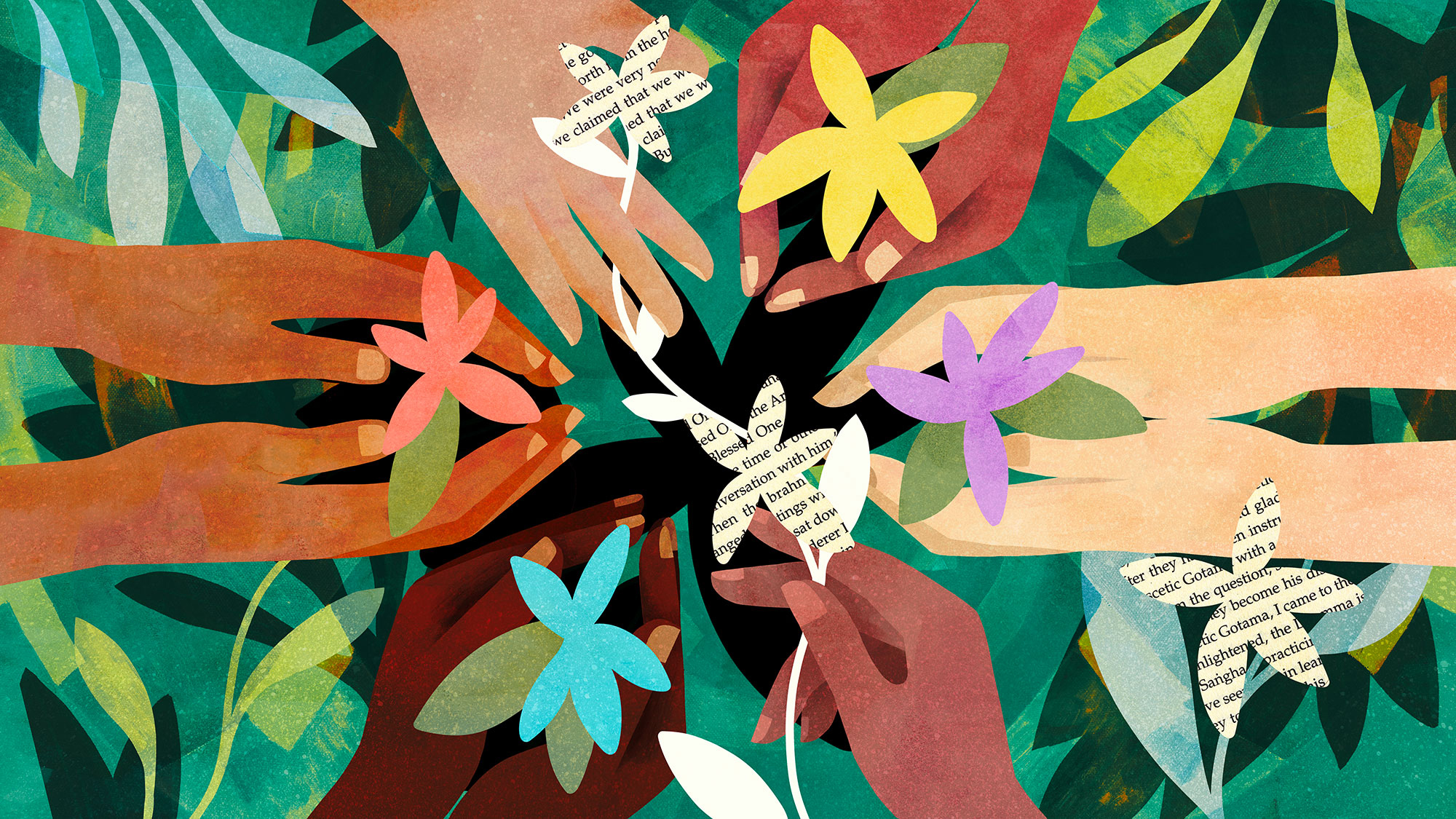
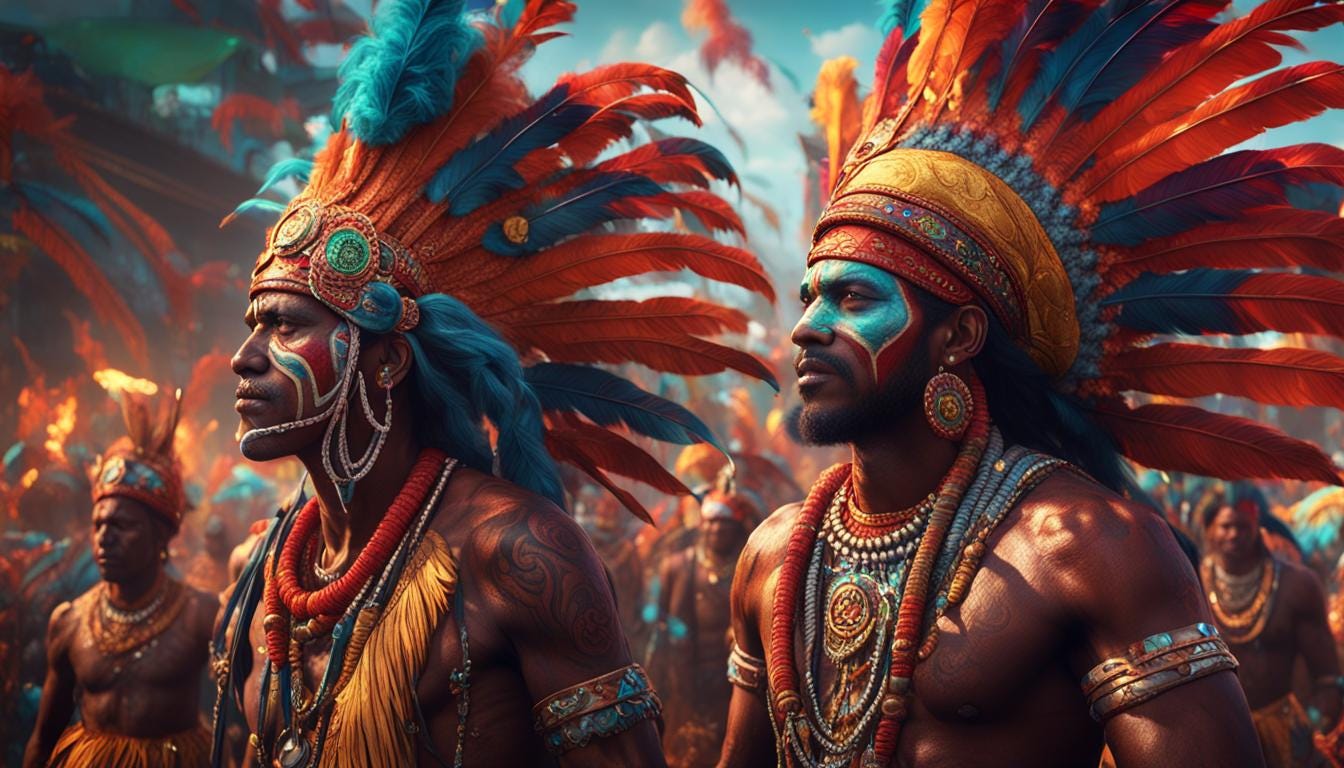
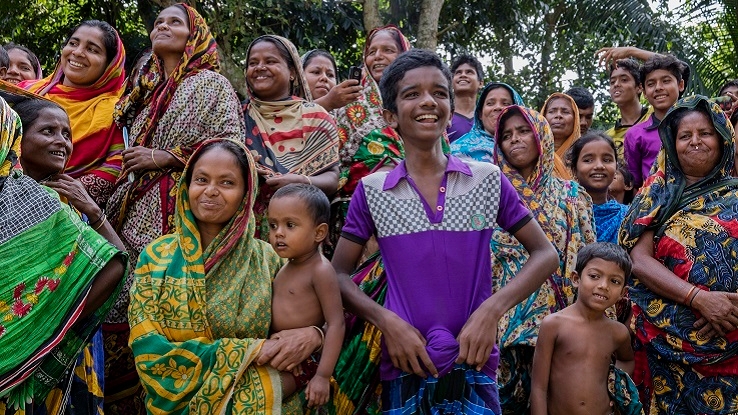
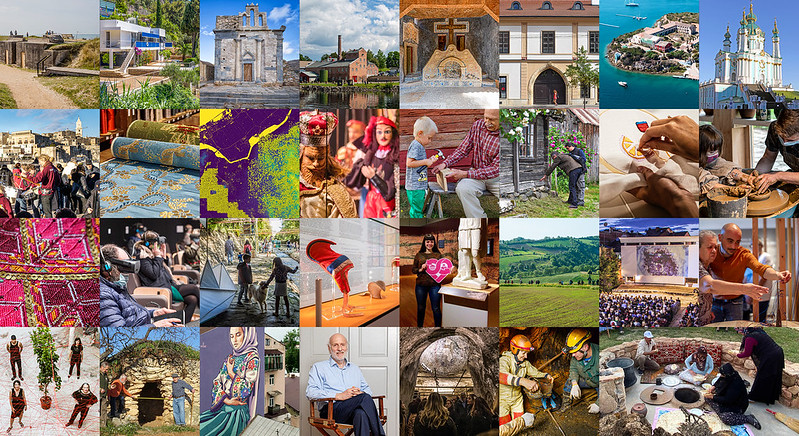

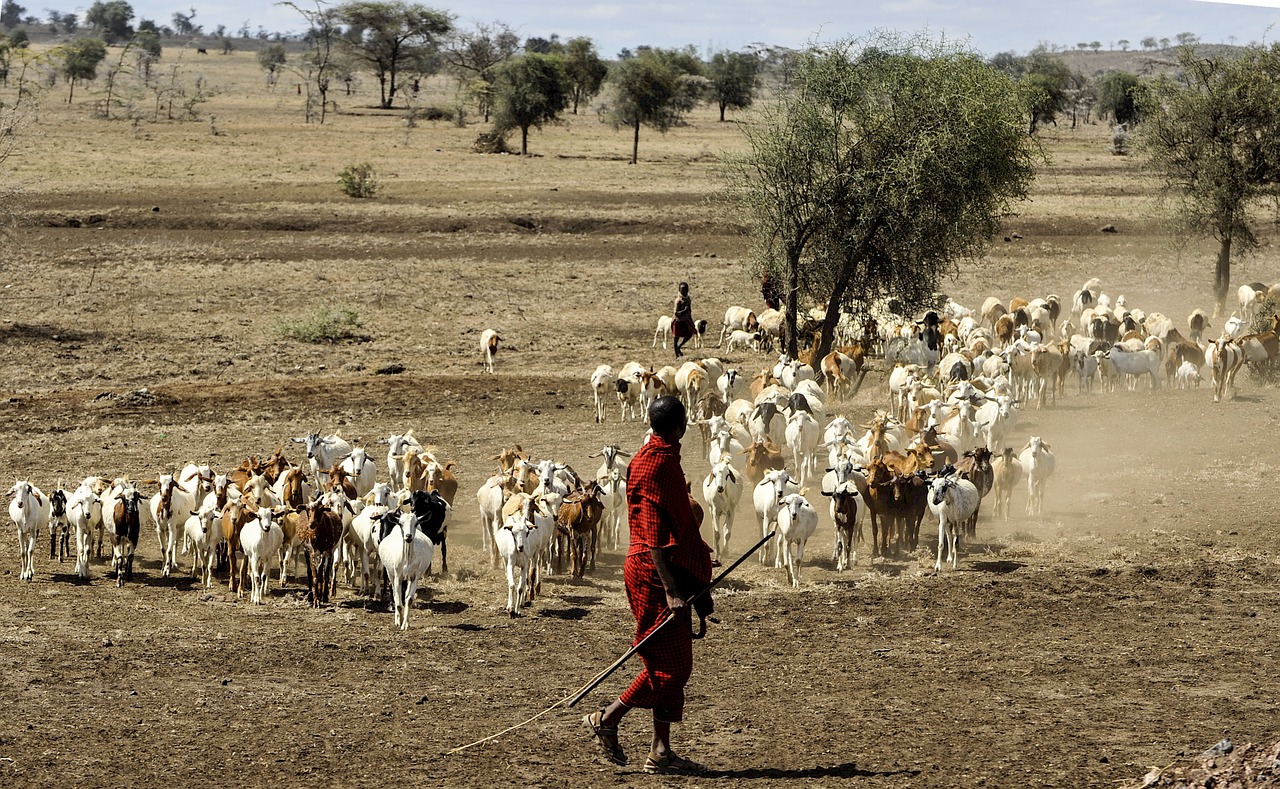


Comments
Post a Comment